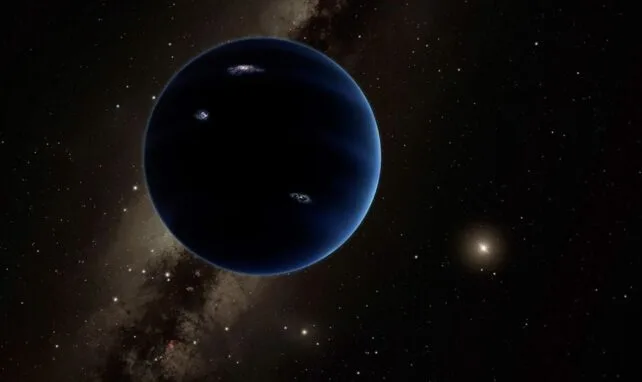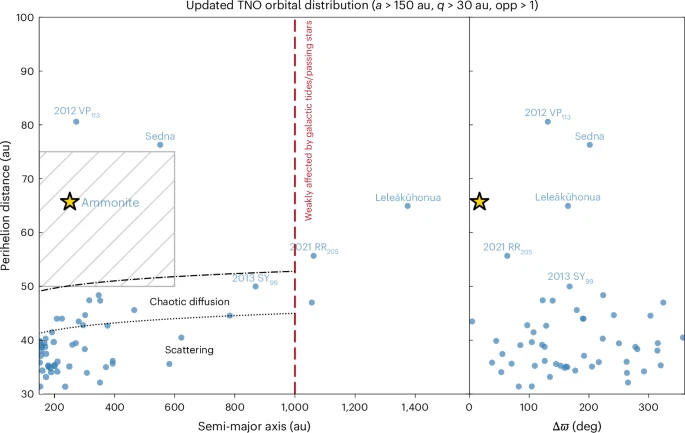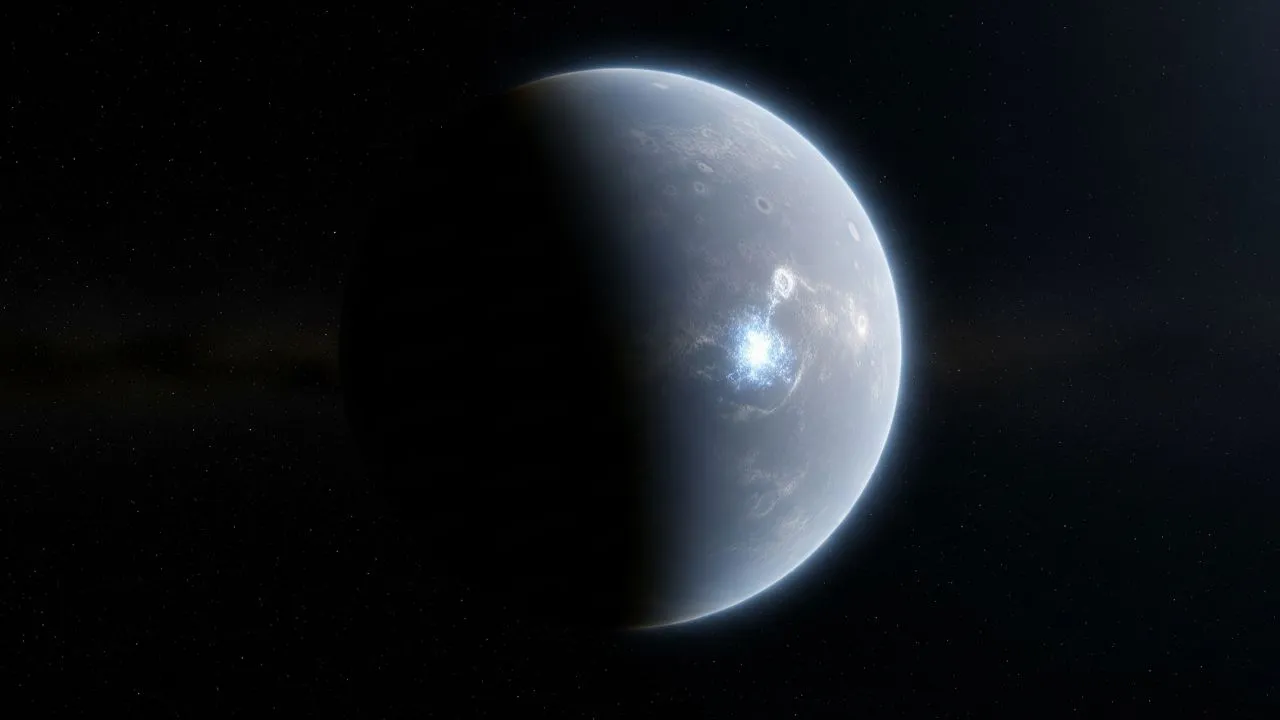A mysterious, distant object named 2023 KQ14 ‘Ammonite’ has reignited the search for Planet Nine! First detected in 2023 by the Subaru Telescope in Hawaii, Ammonite was identified as a trans-Neptunian object (TNO) through the FOSSIL program. This icy body orbits the Sun far beyond Neptune, with its closest approach to the Sun measuring 66 Astronomical Units (AU).
To confirm the discovery, astronomers carried out follow-up observations in July 2024 using the Canada-France-Hawaii Telescope. They also reviewed archival data from several other observatories. By tracking Ammonite’s position for nearly two decades, the team was able to map its orbit with high precision.
The FOSSIL (Formation of the Outer Solar System: An Icy Legacy) program uses the Subaru Telescope’s HyperSuprimeCam to study populations of distant objects in the outer solar system. The program aims to uncover clues about the region’s history and structure.
Ammonite’s orbit is unique. Its semi-major axis is 232 AU, placing it among Sedna-like trans-Neptunian objects (TNOs). These objects orbit far beyond Neptune’s reach, and they may hold secrets about the solar system’s early history.
“It’s thrilling to find Ammonite because it fills a gap in our map of the outer Solar System,” says Ying-Tung Chen, lead author of the study published in Nature Astronomy. “Objects like this are time capsules, preserving clues about how our solar system formed billions of years ago.”

Computer simulations by the FOSSIL team show Ammonite’s orbit has been stable for at least 4.5 billion years, dating back to the solar system’s early days. While its current orbit differs from other Sednoids, simulations suggest their orbits were similar around 4.2 billion years ago. This points to a shared origin in the distant past.
Ammonite’s steady orbit suggests it wasn’t shaped by the known planets, hinting at a distant, hypothetical planet, often called Planet Nine. The study modeled a planet with about 6.2 Earth masses, orbiting roughly 500 AU from the Sun. This could explain Ammonite’s unusual path.
“Our results suggest Ammonite’s orbit is stable under the influence of a massive planet at that distance,” says co-author Patryk Sofia Lykawka. “It’s a strong hint that something big is out there, sculpting these orbits.”
The team ran scenarios, varying the planet’s mass (5 to 9 Earth masses) and orbit size (300 to 500 AU). They also adjusted eccentricity (0.15 to 0.26). Ammonite’s orbit held firm in each case. Larger orbits for this unseen planet, around 500 AU, fit the data best.

Ammonite fills a curious gap in TNO distribution. Objects with perihelia between 60 and 70 AU were rare until now. “Ammonite sits right in that gap,” Chen says. “It’s like finding a missing puzzle piece that completes the picture.”
These Sedna-like objects are likely relics from a chaotic time 4.2 billion years ago. A massive planet, possibly Planet Nine, or a passing rogue star could have pushed them into their distant orbits. “They’re survivors of a wild era in the solar system’s youth,” Lykawka says.
The search for Planet Nine continues. Ammonite’s discovery sharpens the focus for astronomers. Telescopes worldwide are scanning the skies, hoping to spot this hidden giant. The Legacy Survey of Space and Time (LSST), led by the Vera C. Rubin Observatory, promises to transform this search. Its unmatched ability to detect faint, far-off objects could finally help us find Planet Nine.

